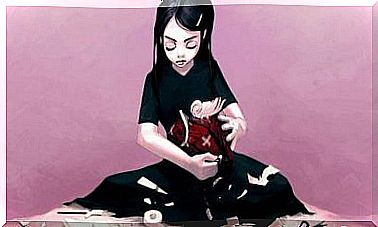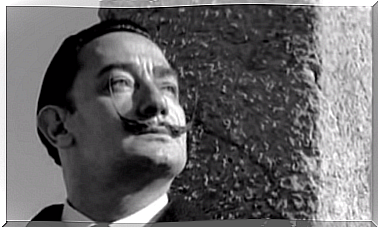Social Impact Theory
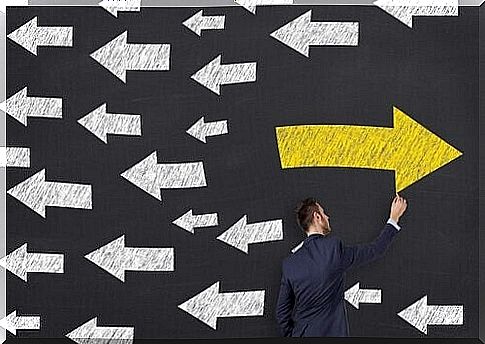
The social impact theory is to evaluate how individuals can be a source or object of social influence. Social impact encompasses any kind of influence on a person’s feelings, thoughts and behaviors. This theory, therefore, is useful for understanding in which situations the social influence is greatest.
The social impact depends on the social forces, ie those that cause the changes, the immediacy of the event and the number of sources that generate the impact. The social impact theory holds that the latter varies from diffusion of responsibility to social loafing, stage fright or persuasive communication.
The theory of social impact
The value, or part of the value, of relationships is based on the dynamics of costs and rewards. While costs take points away from a relationship, rewards add them. On the one hand, rewards are a source of pleasure and satisfaction; costs, on the other hand, include any factor that can hinder a certain behavior.
Let’s take an example: you are studying for tomorrow’s exam. Suddenly a friend calls you and you waste all afternoon on the phone. This phone call involves a cost, as it prevents you from completing an action, i.e. studying. In this case, the relationship is negative. You have been influenced, which has had a certain social impact on you.
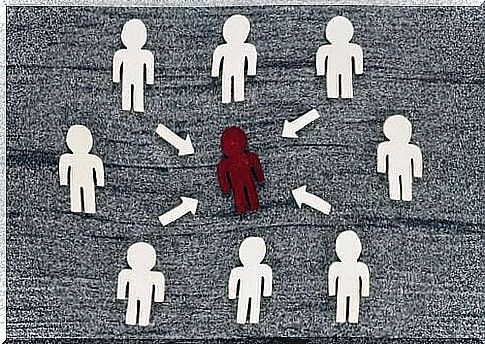
Factors of the social impact theory
Social impact theory is characterized by three factors:
- Strength : It is a network of all the individual factors that make a person influential. We are talking about social position, intelligence and wealth, but also about factors related to relationships and specific to the situation in question, such as belonging to the same group. For example, the relationship with the friend.
- Immediacy : takes into account the chronological proximity of the event and the factors involved. In the example above, the event was the next day’s exam that you didn’t study for. The immediacy with respect to the aforementioned event refers to the time available before the exam.
- Quantity of sources : refers to the number of sources of influence. In the example, the only source of influence is a friend’s phone call.
Laws of social impact theory
The three factors mentioned give rise to three laws of social impact. The first is that of social forces, which establishes that the social impact varies according to the three factors mentioned. Increasing any of the three factors results in a greater social impact. Conversely, a zero or very low value has no social impact.
The second law is the psychosocial one. According to this principle, the greatest social impact occurs in the presence of a single source. In other words, when there is no source and suddenly one appears. However, the emergence of other sources after the first determines a lower social impact. According to one study, more people gawking at the sky result in more curiosity, but the change becomes more insignificant as people increase.
The third and final law is that of multiplication and division of impact. According to this principle, the strength, immediacy and number of objectives play a certain role in the social impact. In other words, the greater the strength, immediacy and number of objectives in a social situation, the more the social impact will be distributed among the objectives themselves.
This third law underlies phenomena such as the spread of responsibility, whereby people feel less responsible as the number of individuals present increases.
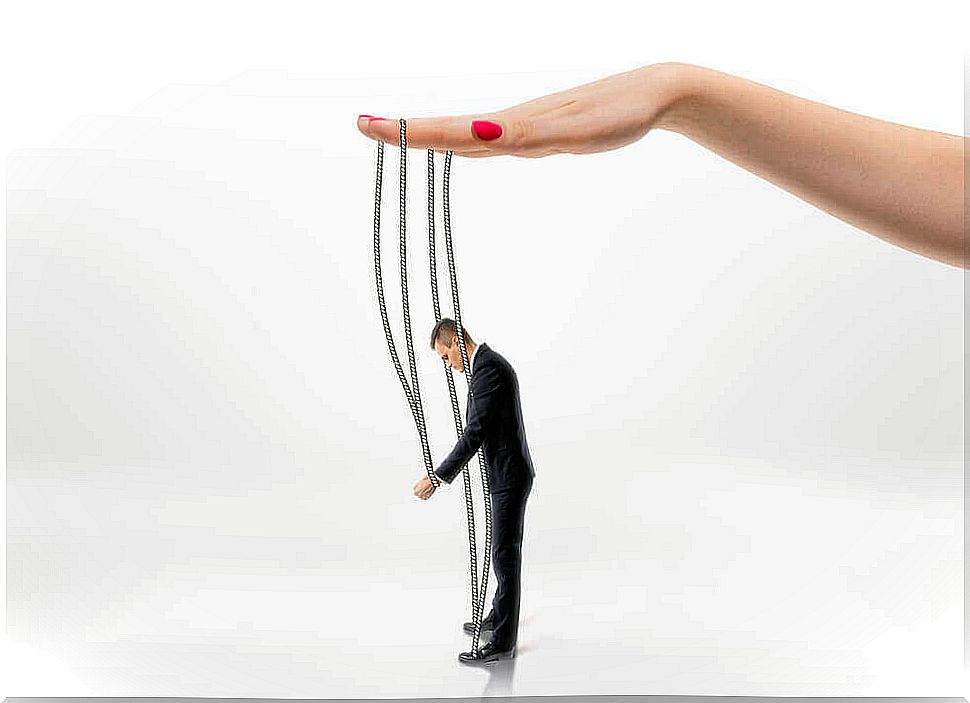
Dynamic theory of social impact
The rules that guide social impact theory describe people as recipients who passively accept social impact and do not take into account what people may actively seek. The model is also static and does not completely satisfy the dynamics involved in social interactions. In order to resolve these obscure points, the theory of dynamic social impact was developed.
According to this theory, social influence is determined by the force, immediacy and number of forces present, as in the previous theory, but in this case the groups are complex systems that constantly change, they are not static. Groups are reorganized into four basic models: consolidation, clustering, correlation and continuous diversity. These models allow the activation of group dynamics and the dissemination of ideas within the group itself.
- Consolidation : When people interact with each other, their actions, attitudes and opinions become uniform over time.
- Grouping : People tend to interact with group members who have similar views.
- Correlation : Over time, the views of individuals in the group on a variety of topics converge and relate to each other.
- Continuing Diversity : If members of a minority group communicate with members of the majority group, but resist their influence, some degree of diversity can exist.
These theories help to understand the influence of other people or groups. We feel the social impact of sources day after day, but now we are able to measure it. In fact, we can understand which factors influence us the most and, of course, how to avoid social impact.




